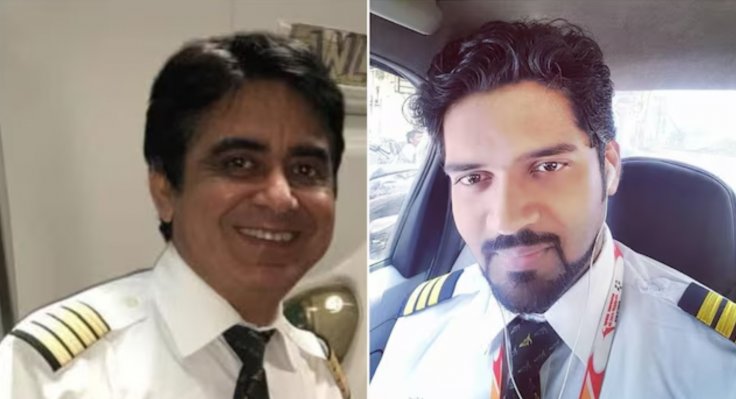A preliminary report on last month's Air India crash, which killed 241 people, with a sole survivor miraculously walking away, found that the aircraft's engine fuel cutoff switch was flipped just three seconds after takeoff.
The pilots of the plane were heard questioning one another about whether the plane's fuel supply had been turned off just moments before the aircraft crashed, according to the report. the Boeing 787 Dreamliner likely lost power when the fuel cutoff switches were flipped almost simultaneously, cutting off fuel to the engines. This meant the aircraft began losing thrust and started sinking moments after taking off from Ahmedabad for London, according to Indian accident investigators.
Pilots Made Major Blunder

It is unclear how or why the switch was flipped, cutting off fuel to the engines and causing the London-bound Boeing 787 Dreamliner to rapidly lose thrust and crash on June 12. "The Engine N1 and N2 began to decrease from their take-off values as the fuel supply to the engines was cut off," the report said.
The pilots of Air India Flight 171 may have played a role in the tragic crash, as the fuel cutoff switch is not something that can be easily flipped by mistake, according to The US Sun.

These switches are typically used to shut down both engines simultaneously — either after arriving at the airport gate or in emergency situations that demand an immediate shutdown.
However, the investigation report by India's Aircraft Accident Investigation Bureau found no evidence of any emergency prior to the crash that would justify using the fuel cutoff.
The crash also claimed the lives of 19 additional people on the ground when the aircraft crashed into a medical college in Ahmedabad, India.
Cockpit Audio Reveals Everything
The report cited cockpit audio in which one pilot questioned the other about why the fuel had been shut off. The other pilot responded, claiming he hadn't done it. Moments later, one of the pilots issued a panicked mayday call before the aircraft went down, though the report did not identify which pilot made the distress call.

Investigators at the crash site found that the fuel cutoff switches were in the "run" position, suggesting that both engines restarted shortly before the impact.
The experienced flight crew—a captain and a first officer—had a combined total of 19,000 hours of flight experience.
U.S. aviation expert Anthony Brickhouse said that the ongoing investigation will likely focus on why the switches moved in a manner that doesn't align with standard flight operations.
"Did they move on their own or did they move because of the pilots? And if they were moved because of a pilot, why?" Brickhouse said.
Both black boxes from the ill-fated flight — containing the cockpit voice recordings and flight data — were recovered from the debris a few days after the accident.

Investigators will now analyze the data to uncover any additional factors that may have led to the crash.
British citizen Vishwash Kumar Ramesh was the only person to survive the Air India tragedy, which also claimed the life of one of his brothers, who had been seated just a few rows away.
The 40-year-old, bruised and shaken, was seen limping away from the wreckage, still holding onto his boarding pass. "When I opened my eyes, I realized I was alive," he said from his hospital bed the day after the tragedy.









